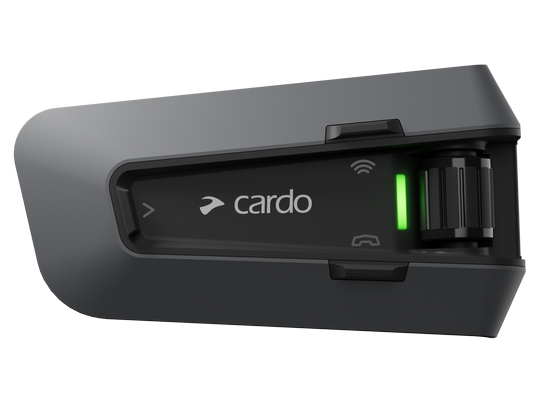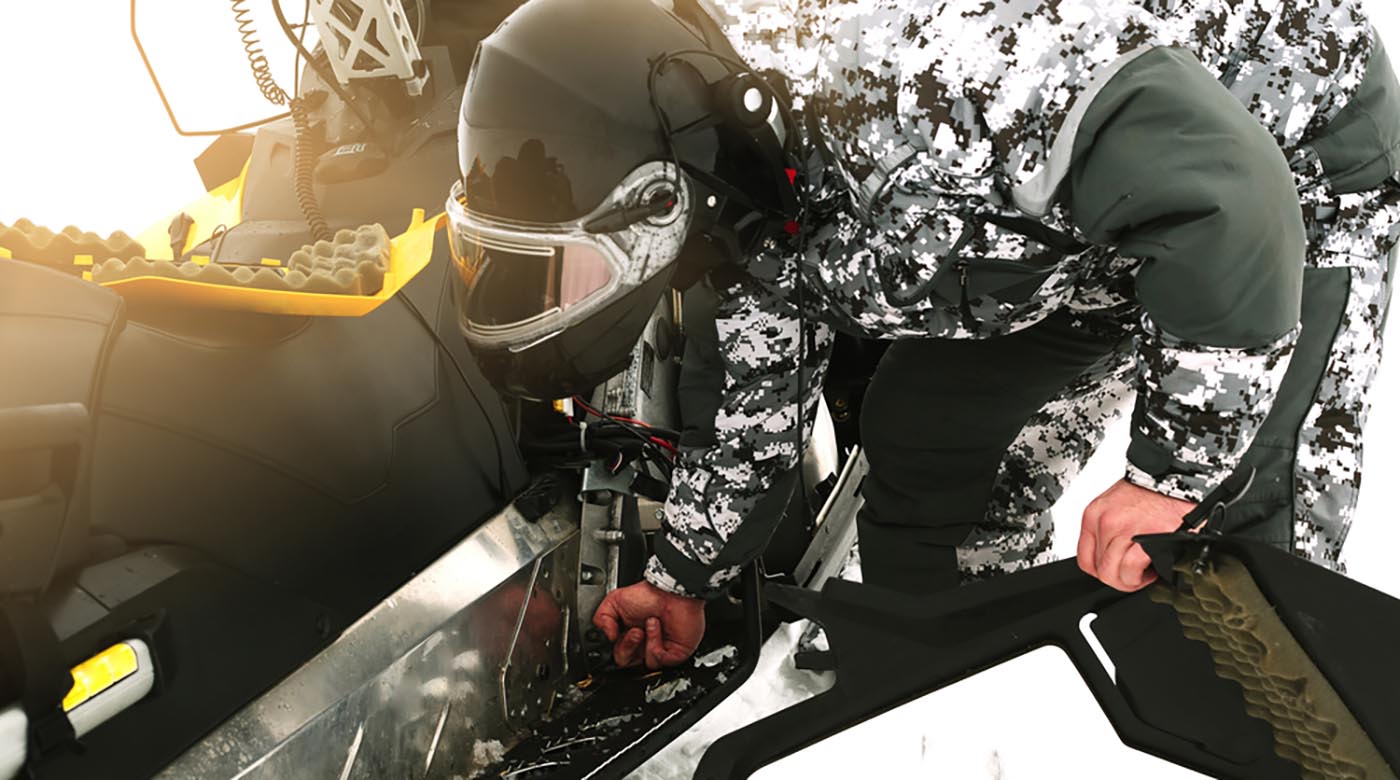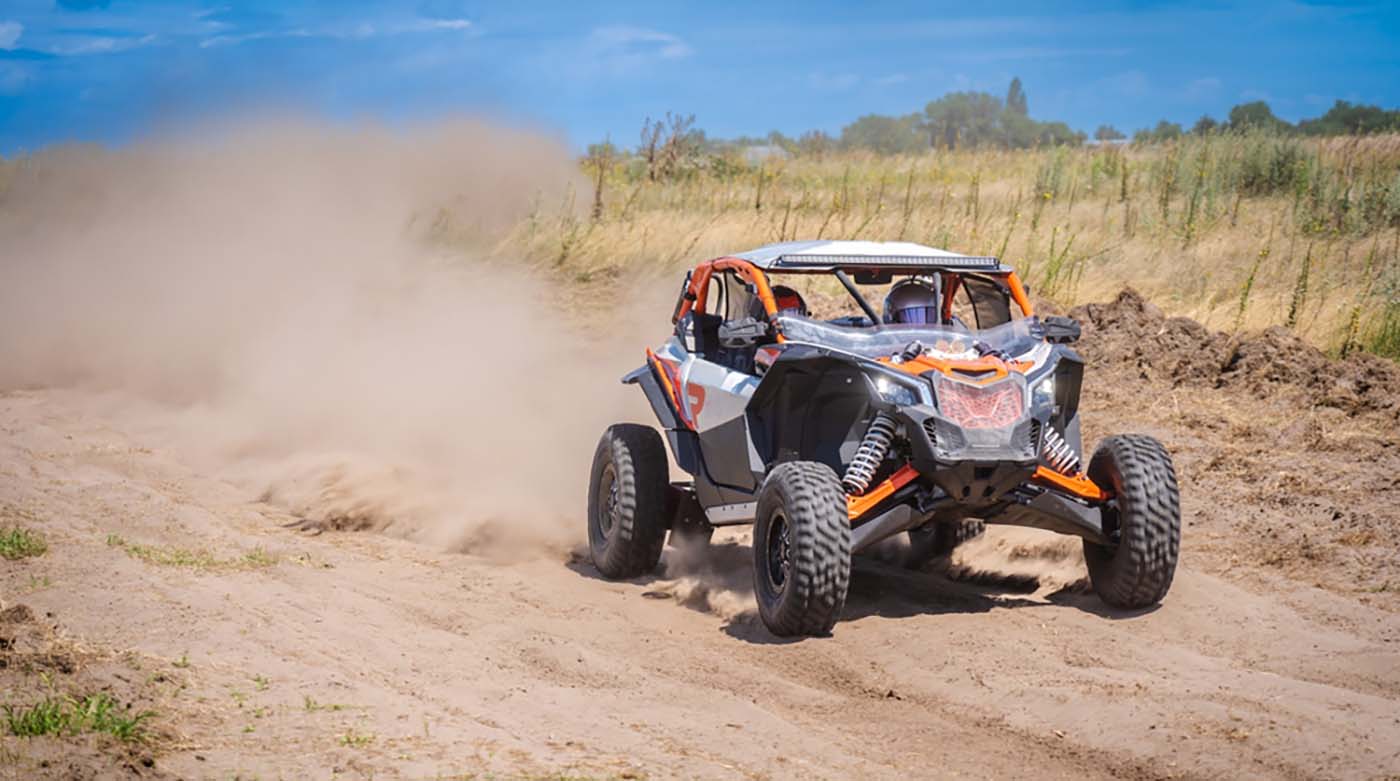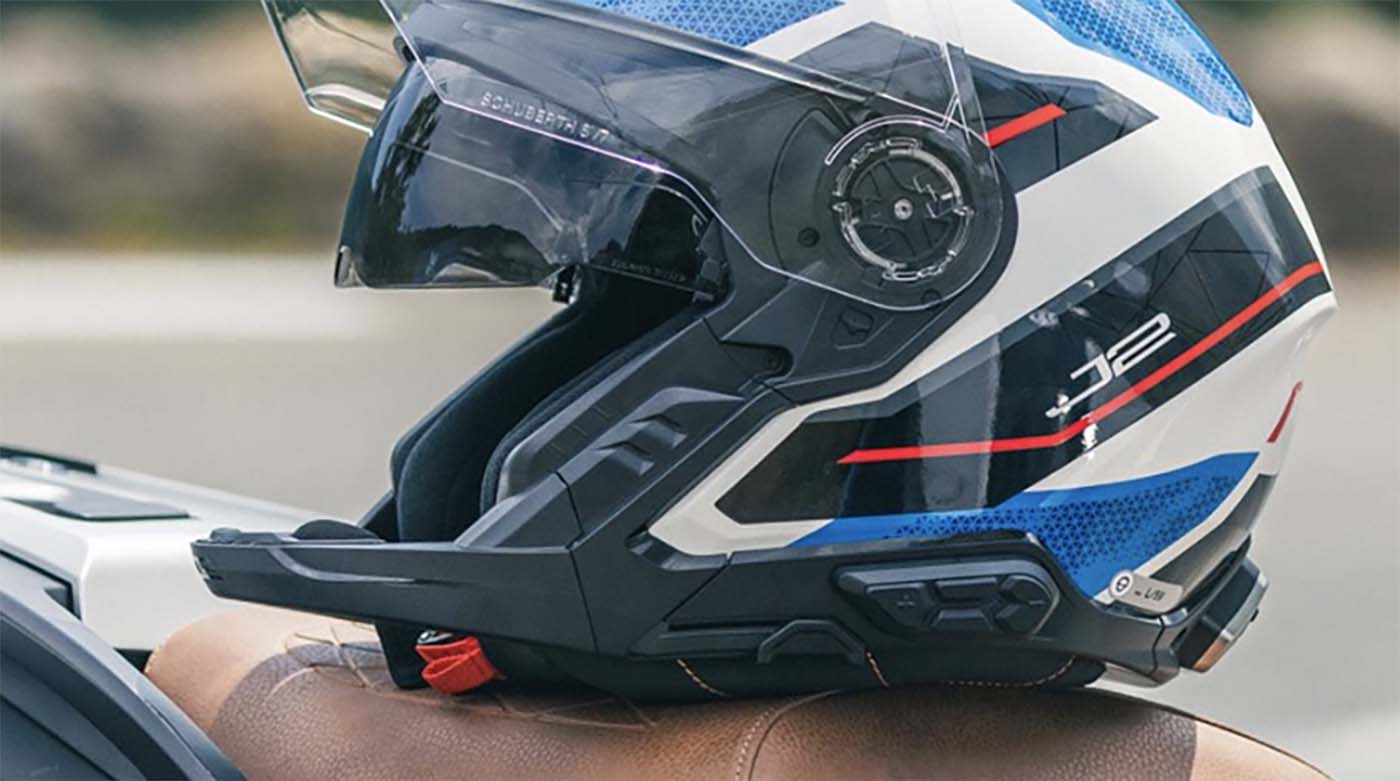franz12/shutterstock.com
Protecting your snowmobile from the elements requires routine maintenance. With a price tag of tens of thousands of dollars, it pays to keep your sled in excellent condition. Ice, debris hidden in snow, and aggressive riding gradually wear down the vehicle, leading to expensive repairs and potential safety issues. The average sled is good for up to 8,000 or 10,000 miles, lasting between five and ten years, depending on how many miles you log each season. Spending a few minutes inspecting your equipment before and after each ride can make all the difference on and off the trail. Use these snowmobile maintenance tips to help your sled go the extra mile.
On-Trail Snowmobile Maintenance
One of the best things you can do for your vehicle is drive it responsibly. Driving over rigid patches of ice and other obstacles, taking turns too fast, and accelerating too quickly cut into your sled’s lifespan. Throttle the engine slowly, reduce your turning speed, and use common sense to avoid unnecessary hazards. Use these snowmobile riding tips to perfect your game on the trail.
To stay in control of the snowmobile, wear the required safety equipment, including a helmet, goggles (if using a half-face helmet), waterproof gloves, boots, snow pants, and an insulating coat that breaks the wind.
Pair your helmets with off-road headsets to communicate hands-free when riding in a group. You can start a conversation with up to 14 other riders using your voice without looking away from the trail or taking your hands off the controls.

Potashev Aleksandr/shutterstock.com
Use Off-Road Headsets to Coordinate Hands-FreeMechanical Snowmobile Maintenance
-
Expose the belt and clutch and use compressed air to remove debris. Clean the parts with a brush and solution to create a clean surface. Replace the belt if worn or tighten the existing one to get the correct number of rotations per minute.
-
Keep the oil at the required level to maintain the engine. Check the level often to prevent leaks. To improve lubrication, change the oil at the start of the riding season and once every few hundred miles.
-
Flush the fuel system and change the filters to remove debris. Avoid exposing oil to extreme temperature changes to avoid water separation.
-
Open the chain case to check the oil condition. Flush the container and replenish the oil. Reset the chain according to the manufacturer’s instructions.
-
Check the brake fluid for discoloration and debris. Change the dirty fluid if needed.
-
Inspect the exhaust joint and cylinders for damage and clogs. Remove parts covered in gunk and grime and give them a proper bath in oil before reattaching.
-
Perform a battery test and change it if the power is low. The battery powers the glow plugs that heat air and fuel to start the engine. Check all electrical components and the brightness of your headlights.
-
Look over the rear suspension and the hyfax along the bottom of the suspension rails for noticeable damage. Retighten the bolts and spin the bogie wheels to check for damage. Lubricate the suspension fittings with a grease gun for a smoother ride.

Artic_photo/shutterstock.com
Exterior Snowmobile Maintenance
Adjust the track and realign the skis to ensure an efficient ride and easy handling. Swap out damaged tracks and skis and replace any missing bolts or lugs. Line up the track with the chassis before resetting the tension. Measure the distance from a fixed point on the snowmobile's body to each track to keep them in the recommended position. Check the instructions to leave enough of a gap between the track and the side rail. Most models need 1.25 inches when 10 pounds of downward pressure is applied to the track, roughly a foot in front of the suspension’s rear axle.
Reposition the skis if they’re out of place. Most manufacturers recommend leaving a quarter-inch toe out so that the tips are slightly further apart than the tails. Install a fresh set of carbides to help your skis grip the terrain.
Snowmobile Maintenance Means Safer Rides
Your sled is only as reliable as your maintenance routine. Circumstances can change quickly as the miles rack up during a busy riding season. Neglecting a simple problem can lead to costly repairs, taking precious time away from the trail.
Utilizing wireless snowmobile helmet communication and wearing the proper safety equipment keeps you focused on the task at hand. Coordinate with your pals to avoid collisions and rough spots that can damage your ride.





